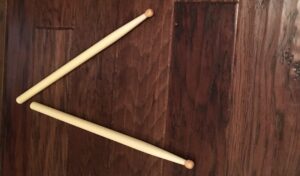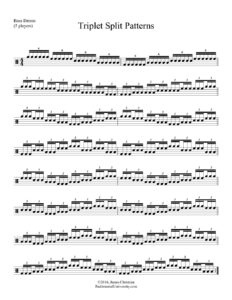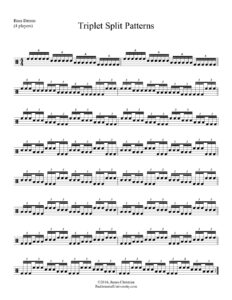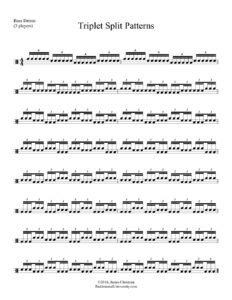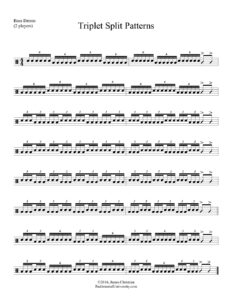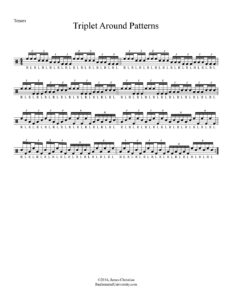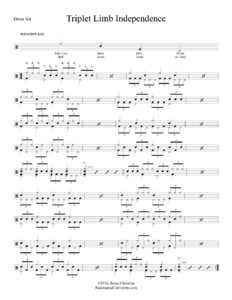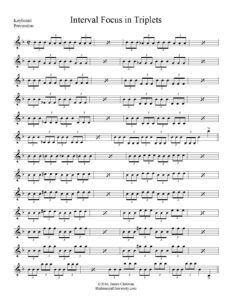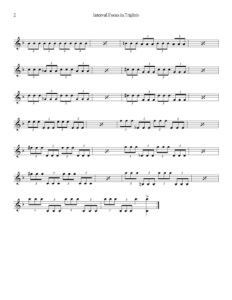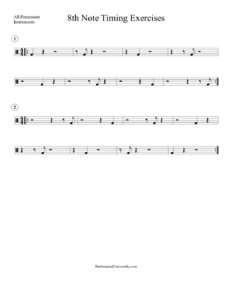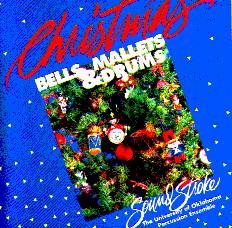 I got a CD of the University of Oklahoma Percussion Ensemble several years ago, and it is one of my favorite Christmas albums of all time. I believe it has a lot of mass appeal; it should be of interest to an audience of more than just percussionists. The all-percussion arrangements of different Christmas carols are excellent. Each arrangement is unique and original while always retaining a certain level of sophistication. The album strikes the perfect balance between interestingly energetic and calming background music.
I got a CD of the University of Oklahoma Percussion Ensemble several years ago, and it is one of my favorite Christmas albums of all time. I believe it has a lot of mass appeal; it should be of interest to an audience of more than just percussionists. The all-percussion arrangements of different Christmas carols are excellent. Each arrangement is unique and original while always retaining a certain level of sophistication. The album strikes the perfect balance between interestingly energetic and calming background music.
I cannot find a site that currently sells the CD (please leave a note in the comments section if you know of one). However, OU Percussion Press has sound files of every track available on their website: http://oupercussionpress.squarespace.com/catalog/ Just scroll down about two-thirds of the way until you see a section entitled “The Christmas Series.” All of the tracks are listed in order. Even better, you can purchase the full score and parts on their site to perform with your group. (I have performed two of them with a high school group in the past, and they were a lot of fun!)
Here is the track list:
- I Saw Three Ships
- Away in the Manger
- Christmas Medley (Joy to the World/ God Rest Ye Merry, Gentlemen/ O Little Town of Bethlehem/ What Child Is This?)
- O Green and Shimmering Tree
- Fum, Fum, Fum!
- Marimba Carol Medley
- The Christmas Song
- The Twelve Days of Christmas
- O Holy Night
- Carol of the Bells
- We Wish You a Merry Christmas
- Silent Night
- Deck the Halls

